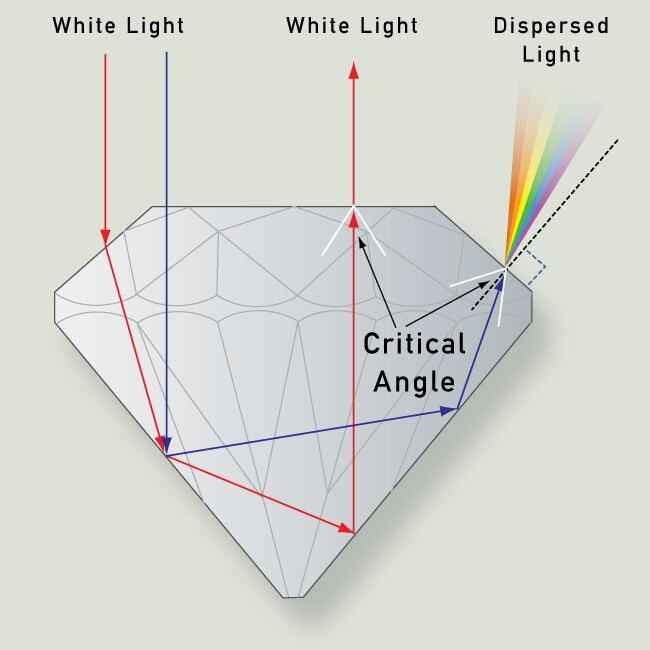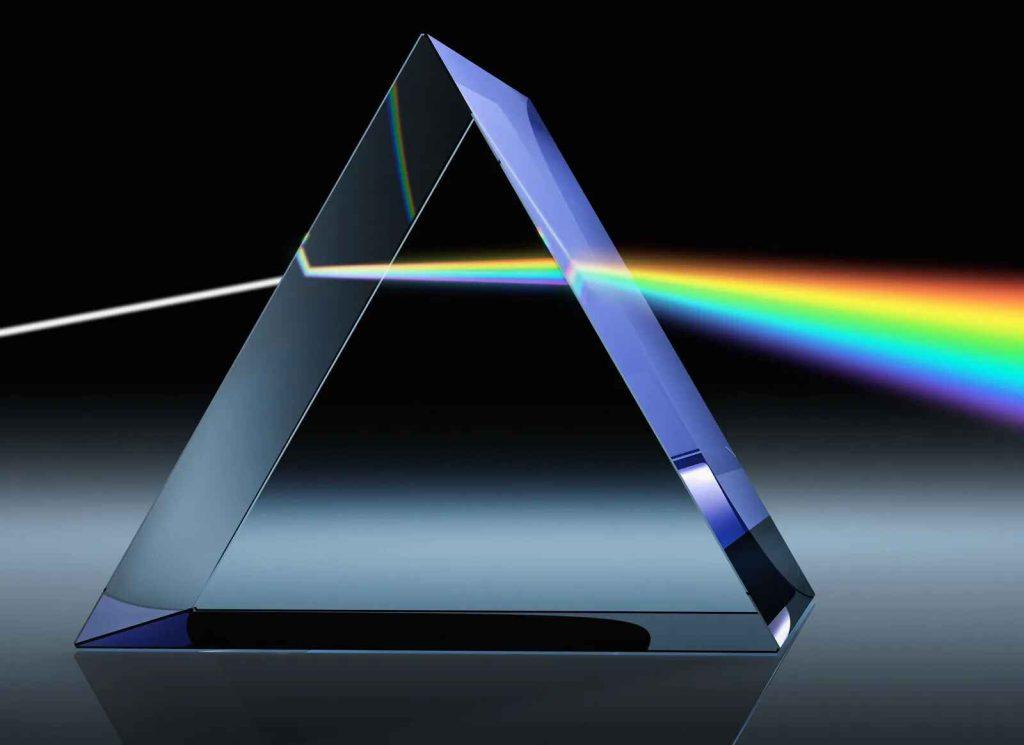1. luster of diamonds
luster is surface gloss, which depends to a large extent on the refractive index, and also on the polish of the gemstone.
2. life of diamonds
the life of a gem is regarded as the amount of white light, which after falling on the stone from the front is, reflected back to the viewer. in a well-cut stone, the majority of this light is due to total internal refraction in the pavilion, a smaller amount being due to surface reflection.
3. fire of diamonds
it is the term used for splitting of white light into its component colors by gem material. the play of spectral colors, which emanate from the crown of a well-cut diamond is referred to as the fire of the stone.
4. brilliance of diamonds
the term has been taken broadly to refer to the amount of life, although sometimes it has been considered to include fire as well. to the surface brilliance of a diamond depends on the quality and quantity of reflected light, which in turn, depends on the refractive index, and perfection of polish.

5. scintillation of diamonds
in geology, scintillation refers to the observation of small flashes of light caused by the movement of a gem, the light source, or the observer.
6. reflection of diamonds
reflection is the return by a surface of the light, which falls on the surface. incidence and reflection of light at a polished surface. the amount of light reflected depends on several factors including.
- the angle of incidence of the light
- the refractive index of the material
- the nature of the surface of the material, e.g. smooth, rough, greasy, silky.
- the nature of the surface of the material, e.g. transparent, translucent, opaque.
the flatness of the facet and the quality of the polish are important factors in the cut stones.

7. refraction of diamonds
refraction is the change of direction of light when it passes between two media of differing optical density ( except where incident light is at 90 to the interface )
8. critical angle and total internal reflection of diamonds
as the angle of incidence, so the angle of refraction increases until a point is reached where the refraction is 90at this point the angle of incidence is called the critical angle.
9. dispersion of diamonds
the separation of white light into its constituent wavelength, when it passes through the inclined flat faces of a transparent substance is described as dispersion. the spectral colors resulting are commonly called ” fire”


